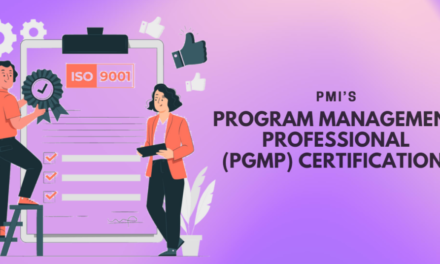
Lean Portfolio Management

Lean Portfolio Management (LPM) is a strategic approach to managing and aligning an organization’s portfolio of projects and programs with its overall business goals using lean and agile principles. It emphasizes maximizing value delivery, improving efficiency, and ensuring alignment with strategic objectives. Here are the key aspects of Lean Portfolio Management:
- Value Stream Mapping: Identifying and mapping value streams helps organizations understand the flow of value through their processes and identify areas for improvement. This helps in prioritizing initiatives that deliver the most value.
- Prioritization and Governance: Lean Portfolio Management involves setting clear priorities and governance structures to ensure that resources are allocated to the most valuable initiatives. This includes making decisions based on data and value rather than on traditional metrics like budget and timeline alone.
- Continuous Improvement: LPM encourages a culture of continuous improvement, where feedback loops are used to make iterative adjustments and improvements to portfolio management practices.
- Agile Alignment: Aligning portfolio management with agile practices means that portfolios are managed in a way that supports agile teams and their work. This includes using agile metrics, facilitating collaboration, and supporting the flexibility needed for agile delivery.
- Financial Management: Lean Portfolio Management involves managing financial aspects, such as budgeting and forecasting, in a way that aligns with lean principles. This often means focusing on value-based budgeting and reducing waste.
- Strategic Alignment: Ensuring that the portfolio of initiatives aligns with the organization’s strategic goals and objectives. This involves regularly reviewing and adjusting the portfolio to stay aligned with changing business priorities.
- Decentralized Decision-Making: Empowering teams and individuals to make decisions at the appropriate levels, which helps to speed up delivery and improve responsiveness to changes.
- Metrics and Measurement: Using metrics to measure the effectiveness of portfolio management practices, track progress, and ensure that value is being delivered. This includes metrics related to value delivery, efficiency, and alignment with strategic goals.
Implementing Lean Portfolio Management can help organizations become more agile, improve their ability to respond to market changes, and ensure that their portfolio investments are aligned with their strategic objectives.










